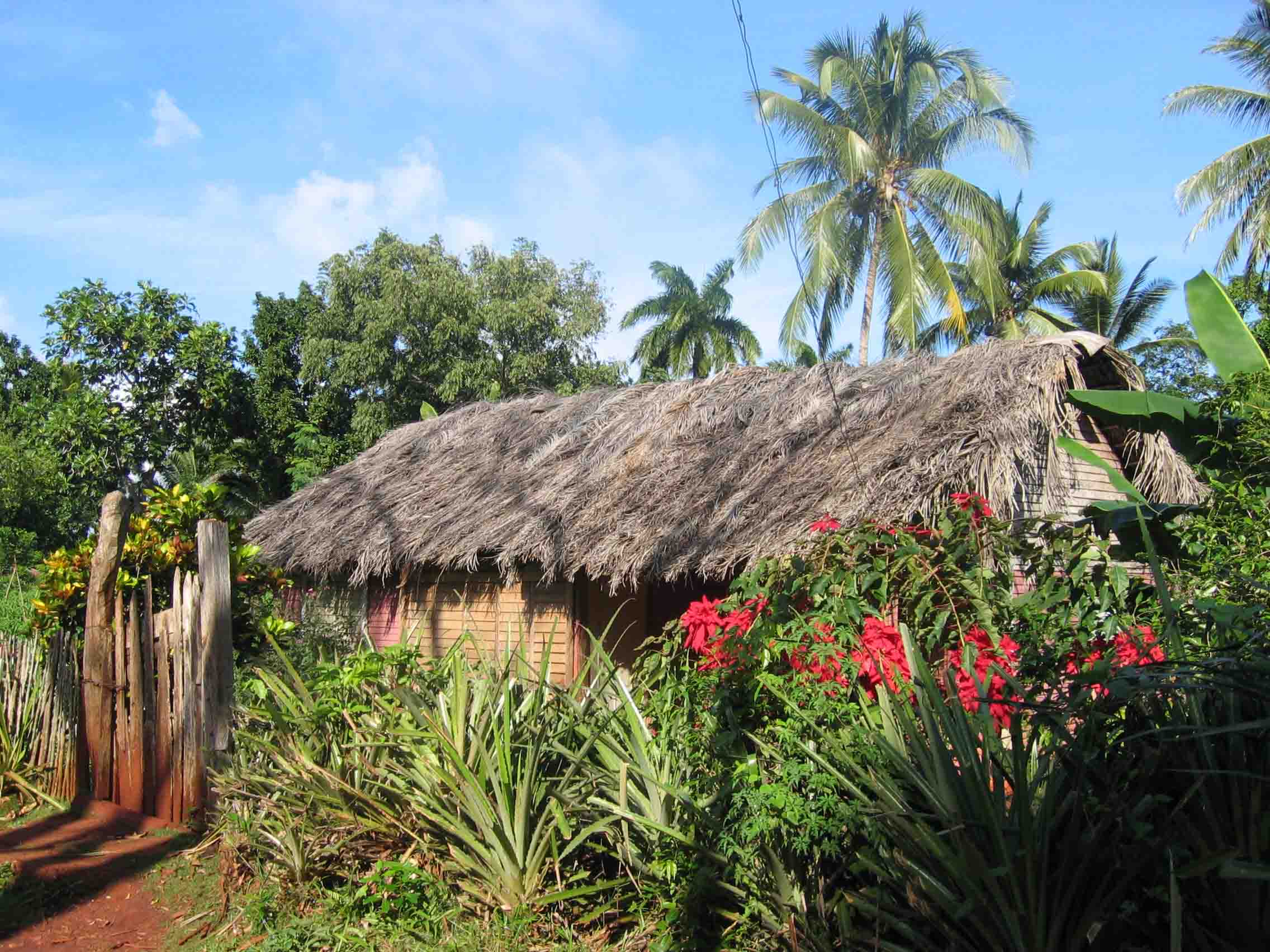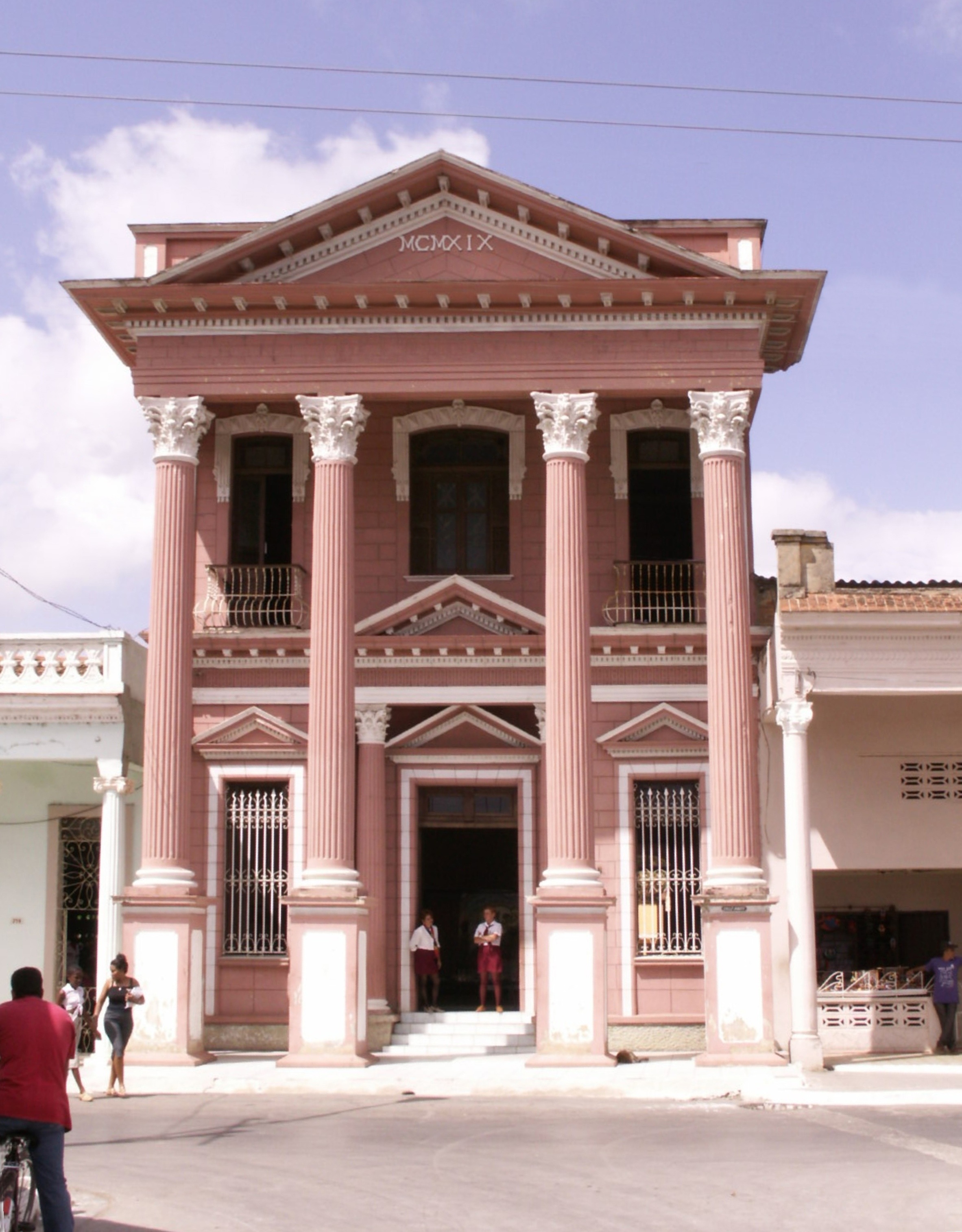|
Circuito Norte
The ''Circuito Norte'' (CN), meaning "Northern Circuit", is a west-east highway spanning the length of the island of Cuba, through the Atlantic Ocean, Atlantic Coast. With a length of 1,222 km, it is the second-longest Cuban highway, after the "Carretera Central (Cuba), Carretera Central"; and two sections of it, named "Vía Blanca" and "Autopista Havana–Mariel, Panamericana", are classified as Expressways.Source: ''Mapa de Carreteras de Cuba'' (Road map of Cuba). Ediciones GEO, Havana 2011 - The road has different route numbers depending on the regions, using 1–I–3, 2–I–3, 3–I–3, 4–I–3, 4–I–23, 5–I–23, and 6–I–23. Route Description The CN starts in Mantua, Cuba, Mantua, in the west of Pinar del Río Province and, through the northern side of the island, crosses the provinces of Artemisa Province, Artemisa, Havana, Mayabeque Province, Mayabeque, Matanzas Province, Matanzas, Villa Clara Province, Villa Clara, Sancti Spíritus Province, Sancti ... [...More Info...] [...Related Items...] OR: [Wikipedia] [Google] [Baidu] |
Highway 1–1 (Cuba)
A highway is any public or private road or other public way on land. It includes not just major roads, but also other public roads and rights of way. In the United States, it is also used as an equivalent term to controlled-access highway, or a translation for ''motorway'', ''Autobahn'', ''autostrada'', '' autoroute'', etc. According to Merriam-Webster, the use of the term predates the 12th century. According to Etymonline, "high" is in the sense of "main". In North American and Australian English, major roads such as controlled-access highways or arterial roads are often state highways (Canada: provincial highways). Other roads may be designated "county highways" in the US and Ontario. These classifications refer to the level of government (state, provincial, county) that maintains the roadway. In British English, "highway" is primarily a legal term. Everyday use normally implies roads, while the legal use covers any route or path with a public right of access, including foot ... [...More Info...] [...Related Items...] OR: [Wikipedia] [Google] [Baidu] |
Baracoa
Baracoa, whose full original name is: ''Nuestra Señora de la Asunción de Baracoa'' ("Our Lady of the Assumption of Baracoa"), is a municipality and city in Guantánamo Province near the eastern tip of Cuba. It was visited by Admiral Christopher Columbus on November 27, 1492, and then founded by the first governor of Cuba, the Spanish conquistador Diego Velázquez de Cuéllar on August 15, 1511. It is the oldest Spanish settlement in Cuba and was its first capital (the basis for its nickname ''Ciudad Primada'', "First City"). Geography Baracoa is located on the spot where Christopher Columbus landed in Cuba on his first voyage. It is thought that the name stems from the indigenous Taíno language word meaning "the presence of the sea". Baracoa lies on the Bay of Honey (''Bahía de Miel'') and is surrounded by a wide mountain range (including the Sierra del Purial), which causes it to be quite isolated, apart from a single mountain road built in the 1960s.The Baracoa mountain ra ... [...More Info...] [...Related Items...] OR: [Wikipedia] [Google] [Baidu] |
Moa, Cuba
Moa is a municipality and an industrial city in the Holguín Province of Cuba. Its name is believed to mean "water here". History Moa, one of the youngest cities in Cuba, was founded in 1939. Geography Located in the easternmost area of its province, at the borders with Guantánamo Province, Moa is bordered by the municipalities of Sagua de Tánamo, Frank País, Baracoa and Yateras. The large municipal territory includes the Nipe-Sagua-Baracoa mountain range and the Alejandro de Humboldt National Park. The villages belonging to Moa municipality are Arroyo Blanco, Brinquín, Cañete, Cayo Grande, Centeno, Cocalito, Cupey, Farallones, Punta Gorda, Yaguaneque and Yamanigüey. The city includes the quarters (''repartos'') of Centro, Atlántico, Caribe, José Martí, La Playa, Las Coloradas, Los Checos, Los Mangos, Miraflores and Rolo Monterrey. Demographics In 2022, the municipality of Moa had a population of 71,660. With a total area of , it has a population density of . This ... [...More Info...] [...Related Items...] OR: [Wikipedia] [Google] [Baidu] |
Sagua De Tánamo
Sagua de Tánamo () is a municipality and town in the Holguín Province of Cuba. Overview The Sierra Cristal National Park () is partly located in the Sagua de Tánamo municipality and partly in neighboring Mayarí. The municipality is divided into the barrios of Barrederas, Bazán, Cananovas, Catalina, Esterón, Juan Díaz, Miguel, Pueblo, Sitio and Zabala. Carpintero, la Rosa, Rio Grande, La Guira, Naranjo. Demographics In 2022, the municipality of Sagua de Tánamo had a population of 44,872. With a total area of , it has a population density of . See also * List of cities in Cuba * Municipalities of Cuba The Provinces of Cuba, provinces of Cuba are divided into 168 municipality, municipalities (). They were defined by Cuban Law Number 1304 of July 3, 1976Fifth United Nations Conference on the Standardization of Geographical Names, Vol. II, publish ... References External links Populated places in Holguín Province 1800s in Cuba Populated places established in 1 ... [...More Info...] [...Related Items...] OR: [Wikipedia] [Google] [Baidu] |
Mayarí
Mayarí is a municipality and town in the Holguín Province of Cuba. History The origins of the city date back to 1757 in Spanish Cuba, when the first farms were established here by immigrant colonists. On 19 January 1879 the city became the seat of Mayarí Municipality. Geography The municipality is divided into the barrios and hamlets of Barajagua, Cabonico, Cajimaya, Chavaleta Norte, Chavaleta Sur, Guayabo, Juan Vicente, Mateo Sánchez, Punta de Tabaco, Río Frío, Cayo Saetía, Sae-Tía, San Gregario Norte, San Gregorio Sur and Santa Isabel. Birán, the birthplace of Fidel Castro, Fidel and Raúl Castro, was part of Mayarí until the 1976 reform, when it became part of the neighboring Cueto, Cuba, Cueto municipality. Among other barrios or neighborhoods in this municipality are: Felton (on Cajimaya Bay, once the seaport for the Bethlehem Cuba Iron Mines Company -Bethlehem Steel-), Guaro (Mayarí), Guaro, Guatemala, Cuba, Guatemala (on Nipe Bay, previously named Preston and ... [...More Info...] [...Related Items...] OR: [Wikipedia] [Google] [Baidu] |
Holguín
Holguín (, ) is a municipality-city in Cuba. After Havana, Santiago de Cuba, and Camagüey, it is the List of cities in Cuba, fourth largest city in Cuba. History Before Christopher Columbus, Columbus, the Taino people settled in huts made from royal palm in the Holguin area later urbanized by the Spanish people, Spanish; their artifacts are shown at the local Holguin La Periquera museum. The settlement was founded in 1523 on land donated by Diego Velázquez de Cuéllar to Captain Francisco García Holguín, a Spanish military officer. Holguin added his maternal surname to the name of the town, giving it the name San Isidoro de Holguín. Prior to 1976, Holguín was located in the province of Oriente Province, Oriente. Before Pope Francis's visit to the United States, in September 2015, he visited Cuba, and one of his stops was at the Diocese of Holguín to, among other things, commemorate the location where Christopher Columbus landed. Geography The municipality is divided int ... [...More Info...] [...Related Items...] OR: [Wikipedia] [Google] [Baidu] |
Puerto Padre
Puerto Padre () is a municipality and town in the Las Tunas Province of Cuba. It is located on the northern coastal region of the province, in an estuary (''Estero El Españolito'') that opens into the Puerto Padre Bay. History Known popularly as the City of Mills, Puerto Padre has a history dating back into the 16th century. In the mid-19th century (1851), the city began its transformation from a small town into an industrial centre with the construction of its first sugarcane mill. The town played a large role in Cuba's wars of independence, and today is something of a tourist centre. The founders were Criollo (Creole) landowners of Castilian ancestry and Catalan merchants. Columbus' arrival point theory During the 2nd half of the 20th century a group of archaeologists brought forward a theory which disputes the current version of Columbus' landfall site. They claim that Puerto Padre bay was indeed the first spot in which Columbus landed in Cuba. The commonly accepted site is Ba ... [...More Info...] [...Related Items...] OR: [Wikipedia] [Google] [Baidu] |
Nuevitas
Nuevitas is a municipality and port town in the Camagüey Province of Cuba. The large bay was sighted by Christopher Columbus and crew during their first voyage of exploration in 1492. History Founded in 1775 during the time of the Spanish Empire, the city was moved to its present site in 1828. Before the 1977 national municipal reform, Nuevitas was divided into the barrios of Primero, Segundo, Tercero, Alvaro Reinoso, Lugareño, Redención, San Miguel and Senado. Geography Nuevitas is located on the Guincho peninsula on the north coast, and borders with the municipalities of Guáimaro, Minas, Manatí (in Las Tunas Province) and Morón (in Ciego de Ávila Province). The municipality includes the villages of Camalote, Pastelillo, Playa Santa Lucía, San Agustín, San Miguel de Bagá and Santa Rita. Nuevitas is not a very large city but it is one of Cuba's most important towns because of its commercial and industrial activities. Nuevitas is located southwest of Playa Santa ... [...More Info...] [...Related Items...] OR: [Wikipedia] [Google] [Baidu] |
Morón, Cuba
Morón is a city and a municipality in Ciego de Ávila Province in central Cuba. It is one of ten municipalities in the province, and is the second in importance and the oldest. Morón is the closest city to the tourist resorts on Cayo Coco and Cayo Guillermo. Geography The municipality is located north of the city of Ciego de Ávila, bordering the Bolivia, Cuba, Bolivia municipality to the east, Chambas to the west, the Bay of Buena Vista and the Jardines del Rey to the north and the Ciro Redondo, Cuba, Ciro Redondo municipality to the south. The terrain is mostly plain, with small hills to the north, made up of salt domes. The north shore is covered by marshes. Morón has the largest natural water mirror in Cuba, Laguna de Leche, of . Cayo Coco and Cayo Guillermo, two of the cays of Jardines del Rey archipelago is located north of Morón, across the Bay of Dogs (''Bahia Perros''). Previously the municipality was much larger, being one of nine in the previous province of C ... [...More Info...] [...Related Items...] OR: [Wikipedia] [Google] [Baidu] |


